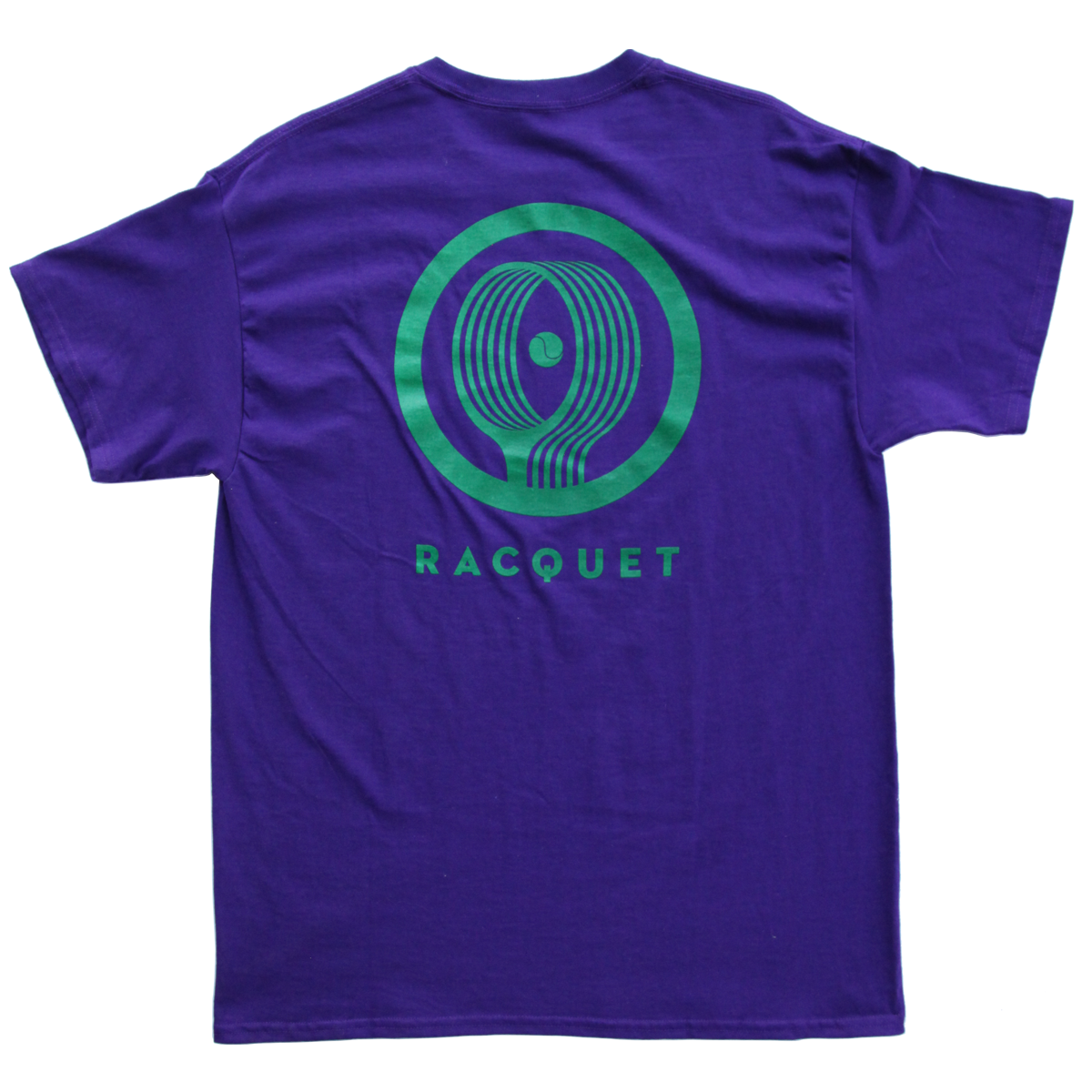By Giri Nathan
Ashleigh Barty had just won a title on the hard court at the Miami Open, and was about to embark on an extremely lucrative clay swing, but even then her eyes were set on her favorite blades: “I’m still counting down the days to the grass season, without a doubt.” Anyone with that pure of a serve, slice, and volley would be conducting the same mental countdown. Aside from Naomi Osaka and hard court, at the top of the women’s game, there may not be a more natural pairing of personal style and court surface than Barty and grass; she now enjoys an 81% win rate over her career. The affinity is old, as she won the girls’ title at Wimbledon as a 15-year-old. Which makes it all the more surprising that this fortnight is the world No. 1’s first trip past the tournament’s fourth round as a grown-up. Saturday’s match against Karolina Pliskova, in fact, will mark the first matchup between first-time Wimbledon finalists since 1977. It took a little while—her career has surely had its detours, not least going professional in a completely different sport—but the 25-year-old has now gotten somewhere she has long seemed gifted enough to go.
Despite her overall dominance this season, more recent hiccups made this Wimbledon run a mild surprise. Barty didn’t get to play a tune-up to get reacquainted with the rhythms of her preferred surface, and she wasn’t sure how her body would hold up. While practicing serves the weekend before Roland-Garros, she suffered a hip injury that stuck around and eventually led her to retire from her second-round match. She opted to spend the meager two weeks between majors letting her body recover. Because of the pandemic, Barty hadn’t competed on grass since 2019, and still wasn’t fazed by heading straight to its main event: “It kind of felt like it hasn’t been so long, though. Grass-court tennis has always felt like it’s come quite naturally to me,” she said after her first-round victory over Carla Suarez Navarro in three sets. “I think there was a little bit of nervousness, probably not knowing exactly how my body was going to feel genuinely.” The hip held up, though, as Barty only settled deeper into a grass-court groove in the matches since, winning straightforwardly for the next three rounds and then fending off a rejuvenated Angelique Kerber in the semifinal, 6–3, 7–6(3).
That match, full of probing rallies, was just another reminder of how Barty immiserates opponents with her high-contrast ground strokes, a topspin forehand and backhand slice, the latter of which she employs more than any player on tour. Some players who rely on a backhand slice do so because of some terrible deficiency in their backhand drive. Their slice is just a way to buy time, a sort of sad dilatory measure until they can hit another forehand. This is not necessarily true of Barty, who leans into her slice because it can do nearly everything one might want to do in a point. From the same takeback, she can drive the ball right through the court, float it up into a defensive lob, sidespin it down the line for a winner, carve it dead for a drop shot. Every time the ball heads to that side I am curious to see what she’ll do with it, and even more skeptical of the topspin groupthink. That same feel for the ball allows her to perform small wonders at the net whenever she’s looking to close out points. Add in her overall athleticism and the tour’s most dominant serve—she’s winning 80% of service games this season, 5-foot-5 height notwithstanding—and there is no reason “Wimbledon champion Ashleigh Barty” won’t be uttered some day in her career. Possibly even within the next 24 hours.
Above: Ashleigh Barty chops up a backhand at Wimbledon. (Getty)
PARQS & REC
WIMBLEDON PARQ
Our limited-edition tee pays homage to New York City’s iconic Parks Department logo, with a new twist for The Championships, Wimbledon.



